-
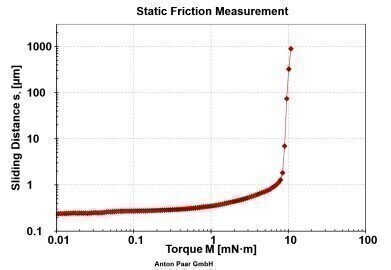 Figure 1. Plot depicting change in sliding distance with torque. The sudden increase in the sliding distance at about 9 mN.m of torque indicates the onset of macroscopic motion.
Figure 1. Plot depicting change in sliding distance with torque. The sudden increase in the sliding distance at about 9 mN.m of torque indicates the onset of macroscopic motion. -
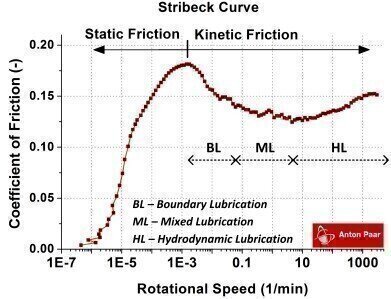 Figure 2. Plot depicting friction behavior as a function of rotational speed (Stribeck curve).
Figure 2. Plot depicting friction behavior as a function of rotational speed (Stribeck curve). -
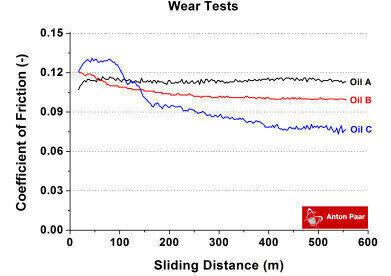 Figure 3. Plot depicting evolution of friction with respect to sliding distance.
Figure 3. Plot depicting evolution of friction with respect to sliding distance. -
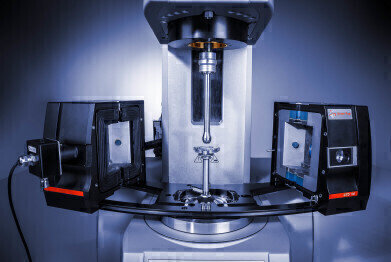
-
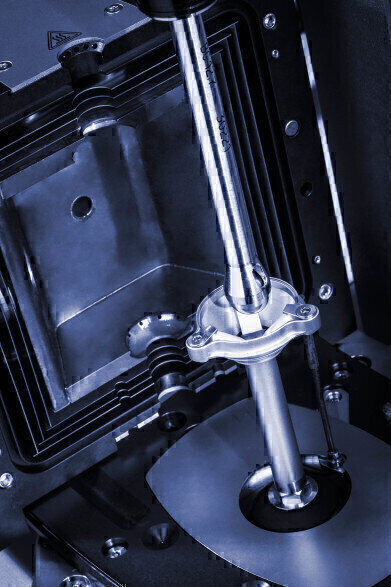
Measurement and Testing
Determining the friction and wear behavior of lubricant additives through targeted tribological tests
Apr 15 2015
MCR tribometers offer a range of test strategies to determine the effect of additives on the friction and wear behavior of lubricants, such as:
- Limiting friction
- Dependence of frictional resistance on speed (Stribeck curves); and
- Long-term wear behavior.
Coefficient of Limiting Friction (µs)
This refers to the magnitude of static friction at the onset of macroscopic motion. The high torque sensitivity of the MCR tribometers drive makes it possible to determine limiting friction with the utmost precision. In Figure 1, macroscopic motion occurs at a torque value of 9 mN.m (µs = 0.13). This is especially useful in understanding the start-stop behavior of tribological systems.
Stribeck Curves
MCR tribometers offer the unique possibility of plotting Stribeck curves over nine decades of rotational speed. As seen in Figure 2, the Stribeck curve extends beyond the conventional boundary lubrication regime into the region of static friction - all in one single measurement. These Stribeck curves help us understand the friction behavior of tribological systems right from their state of rest, through the initiation of motion, all the way across different lubrication regimes. Stick-slip behavior can also be studied with these tests.
Long-term Wear Tests
Wear behavior of tribological systems can be examined over a longer period of time. At the end of the test, wear scar measurement of the specimen, along with the in-situ gap measurement from the MCR tribometers, offer substantial insights into the wear behavior of tribological systems. Figure 3 depicts evolution of friction over sliding distance for three different lubricants with slightly varying additive formulation. Wear scar measurements indicate highest wear for Oil C, which also has the lowest friction coefficient at the end of the test. Oil A has the lowest wear, which is attributed to the formation of tribofilms at the contact interface.
All the tests mentioned above, along with several others, can be run effortlessly with the help of the RheoCompassTM software which comes pre-loaded with a range of test templates. Each of these templates can of course be modified to suit your individual needs. Overall, you benefit from the extended tribological contact geometries offered by the MCR tribometers as well as the technical expertise of the specialists in this field who will gladly help you find the ideal solution for your testing needs.
Digital Edition
PIN 25.1 Feb/March
March 2024
In This Edition Safety - The technology behind the ION Science Tiger XT - Safety with ammonia and LOHCs as hydrogen carriers Analytical Instrumentation - Discussion on new tribology te...
View all digital editions
Events
Apr 28 2024 Montreal, Quebec, Canada
Apr 30 2024 Birmingham, UK
May 03 2024 Seoul, South Korea
May 05 2024 Seville, Spain
May 06 2024 Riyadh, Saudi Arabia

















